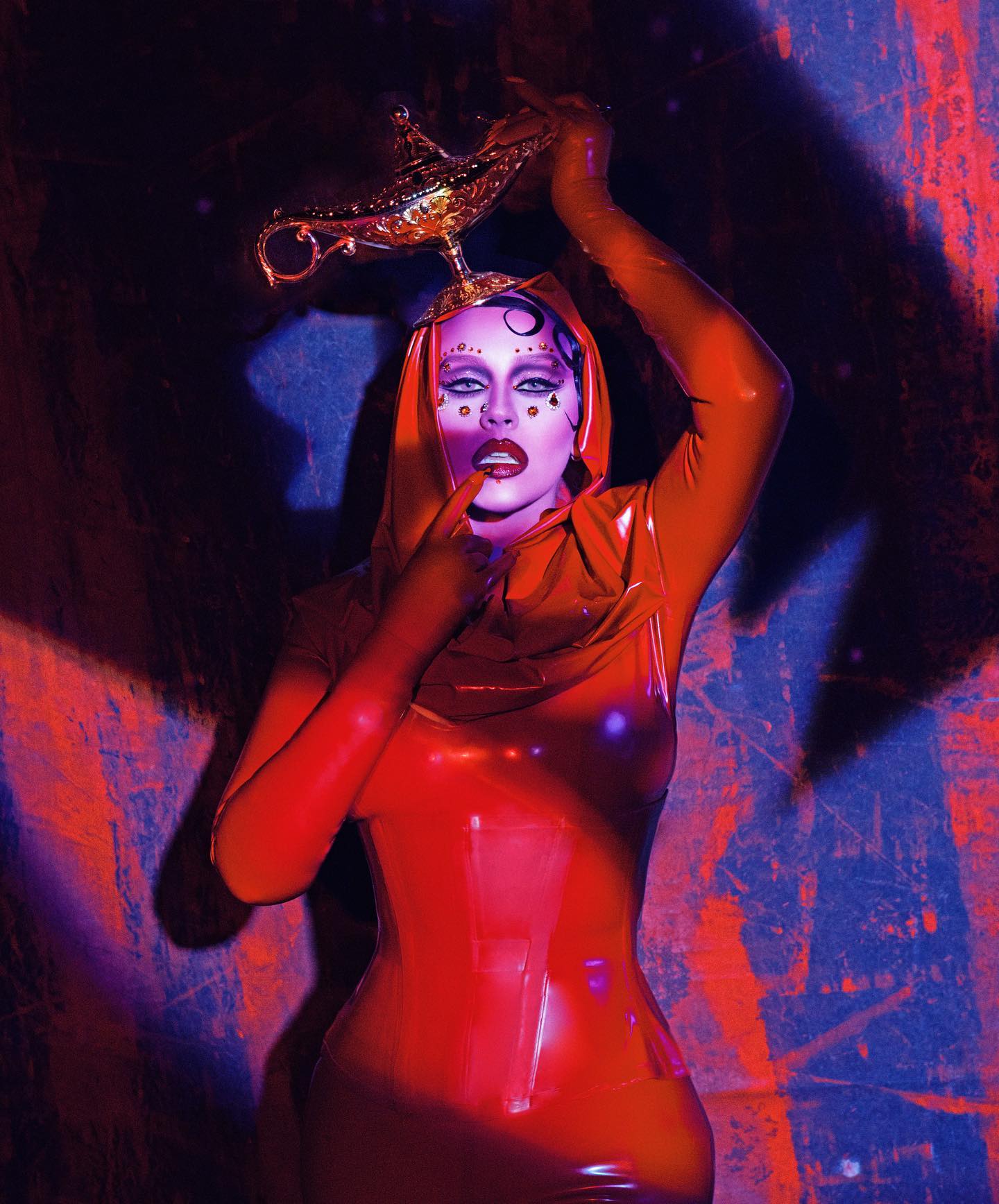ADVERTISEMENT
For the Love of: Mortal Kombat (VIDEO)
chris-littlechild - October 4, 2016
To view this video please enable JavaScript, and consider upgrading to a web browser that
supports HTML5 video
Â
When you think of iconic chunky-ass arcade cabinets, the usual suspects come up: Space Invaders, Asteroids, Pac-Man, all that sort of deal. In turn, this probably evokes all kinds of memories of the local arcade: the super-stained carpet, the reek of piss from the toilet that was constantly blocked for the whole five years you frequented the place, the miserable fatass owner who hated children…
Your childhood memories may differ, but that was the ol’ arcade as I remember it.
The place was, natch, a dive, but it ignited a nerdly lust for gaming in me which I’m stuck with for life. I’m a little young for the Asteroids era, but I was getting my arcade on during a time that was maybe even better. The arrival of fighting games.
 The thing about Asteroids and such is, it’s a single player experience. When you and your rebellious buddies --the renegade badass scourge of fifth grade who feared nothing and nobody as they cruised through the gates of hell on grandma’s mobility scooter—gamed, they wanted to fight to the death and rip each other’s spines out. Which was where Mortal Kombat came in.
Midway’s original hits its 24th anniversary next month. It arrived around about the same time Street Fighter II did, taking the core concepts of the newly-born fighting genre to charmingly blood-leaky new heights.
Mortal Kombat follows the story of goodly monk Liu Kang, and the asses he had to kick to save the world from the dastardly and bastardly Shang Tsung. The first Mortal Kombat tournament kicks off, with the fate of Earthrealm at stake. It’s a little half-assed as plots go, but in this genre, that’s more than enough storytelling. The stage is set for some one-on-one beatdowns, and that’ll do just fine.
The original may have been thrust out in an ass-on-fire hurry to compete with Street Fighter II, but it made itself its own game in all kinds of ways. The playable characters didn’t differ all that much from each other in terms of movement speed and weight and the like, setting themselves apart mainly with their special moves. This was unusual, as was the five button control scheme. Then we have blocking, a crucial mechanic to any fighter which was much more effective here, and the still-bitched-about-all-these-years-later idea of juggling.
 With Mortal Kombat, it was more than just the mechanics. It was the way the fights were presented. The ultra-realistic visuals (well, they look like shit now, but they were then) coupled with the gore and the much beloved fatalities made the game what it was. All in all, this was a bold, balls-out fighter that was popular as all hell.
1993’s Mortal Kombat II did what all the best sequels do: expanded on what was so good about the first game, dialled it up to eleven, and beamed it straight into our eager eyeballs. The second release added new kombatants (fan favorites like Noob Saibot, Mileena and new villain Shang Tsung among them), more ghastly-ass as ways to FINISH HIM/HER, stage fatalities, all kinds of good stuff. Combos were easier to perform, there were spike traps impaling sorry mothereffers all over the place, what’s not to like?
As the series got ballsier with its ultra-violence, though, the won’t somebody think of the children do-gooders got more and more pissed at it. Mortal Kombat is credited as the reason games have age ratings today, which is quite an achievement right there. Something for Ed Boon to tell the grandkids.
 Like South Park, the franchise seemed to revel in its controversial reputation, building and building on it until we’ve got Stan’s dad carrying his massive gonads around in a wheelbarrow. After a couple of releases, natch, fans knew exactly what they were in for. We came for the fatalities, and the team knew it. The kombatants developed an ever-increasing range of moves to murderize each other with, but Mortal Kombat didn’t rest on its spine-rippin’ laurels.
All kinds of subtle adaptions to the formula has crept in over the years. With 2002’s Mortal Kombat: Deadly Alliance, the characters were given normal moves all their own, rather than just being differentiated by their specials. Further depth was added with the fighting styles mechanic, which gave each fighter an armed style and two unarmed styles for players to choose from. Crossover Mortal Kombat vs DC Universe changed this again, giving characters a shitload of special attacks in place of the fighting styles.
More recently, with the 2011 reboot and its sequel Mortal Kombat X, the series settled on a 2D/3D hybrid, and did it pretty well. Both were much loved by fans and critics, showing that there’s still an audience for this genre icon. I’m sure there always will be; there’s nothing quite like it in fighting games. From questionable movies to bizarre spin-offs, we’ve seen it all. Long may the goretastic good times roll.
Â
Session expired
Please log in again. The login page will open in a new tab. After logging in you can close it and return to this page.




